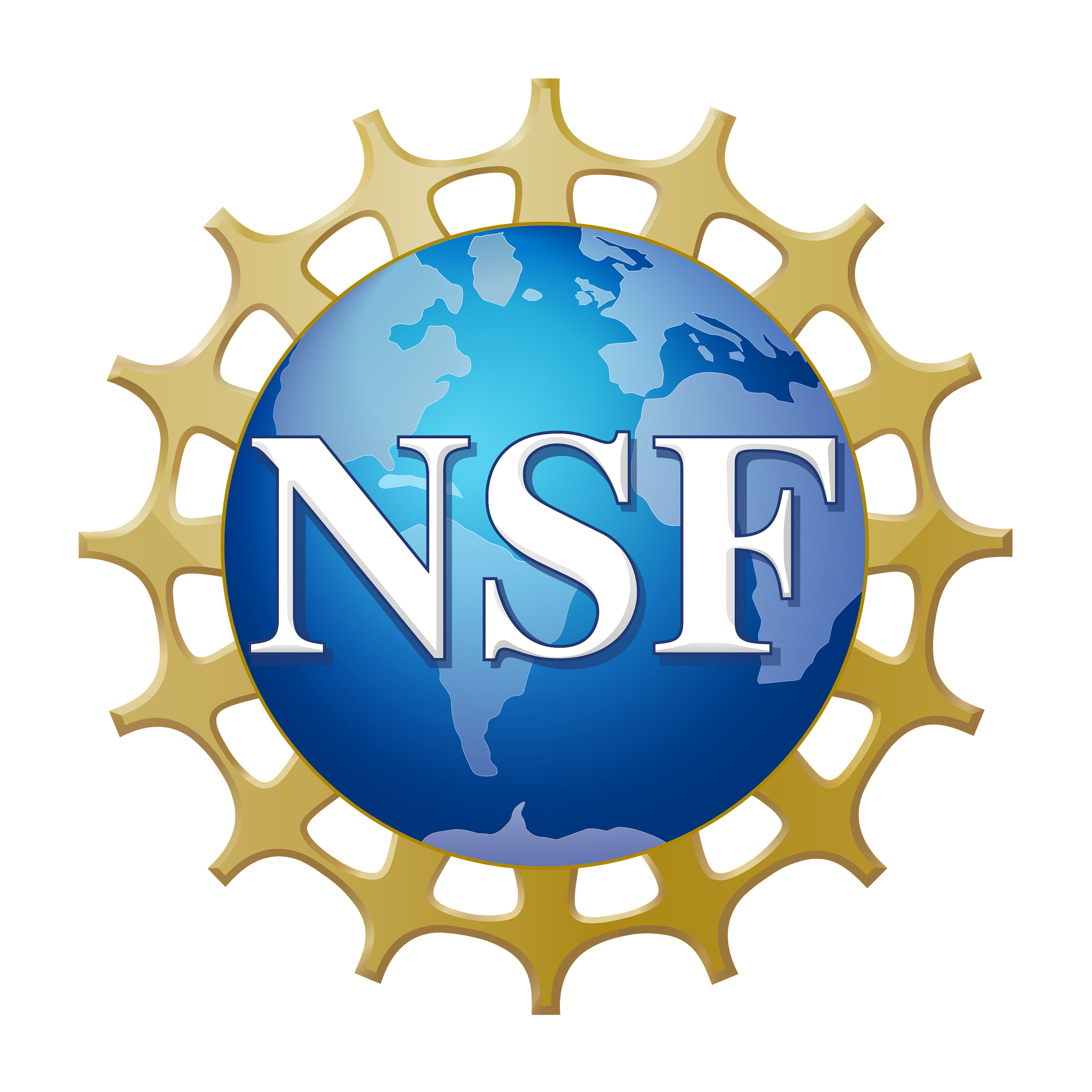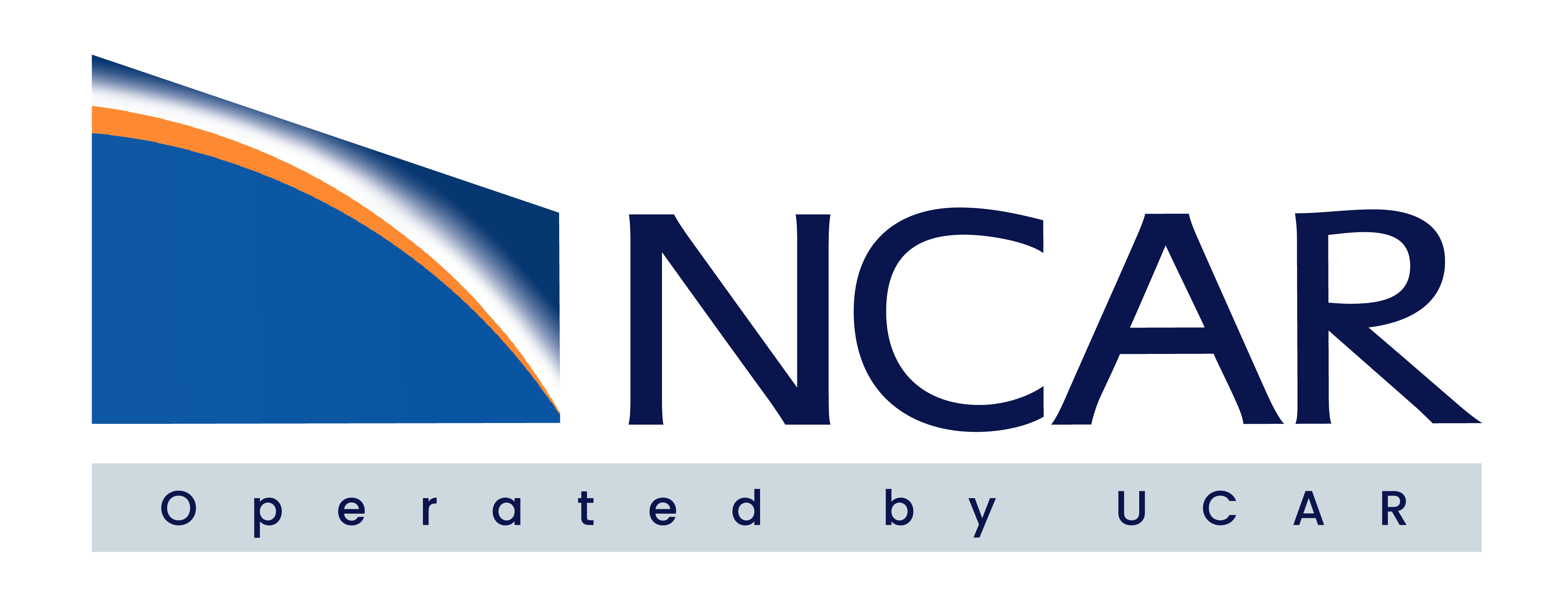Where multi-scale surface and atmospheric processes converge in the circum-Caribbean region, the presence of Saharan dust (SD) dramatically impacts climate and weather in addition to local land and marine environments. This work, a collaboration between researchers from LaGuardia Community College (CUNY) and NSF NCAR aims to investigate marine-surface-atmospheric data, conduct numerical experiments, and perform ethogrphic analyses to better understand the role of SD in tropical coastal environments at several levels. The project team will examine the quantifiable impact of Saharan dust on rainfall, water quality, coral reefs, and marine-coastal tourism in Puerto Rico.
Although the impacts of the Saharan Air Layer (SAL) and SD on rainfall events have been studied, there are still gaps regarding the significance to the local marine systems in the Caribbean. SAL intensification severely impacts local rainfall and is a source of nutrients and contaminants for coastal habitats. Dust events have been linked to disease outbreaks in marine organism populations. While it is known that the SAL directly influences the climate and water oceanography, little is known about how SAL-induced rainfall modification affects water quality degradation and the resulting impacts on coral reef health and marine coastal tourism.
The PI and team will explore linkages between the SAL, weather, water quality and their impacts on Puerto Rico’s society through observational campaigns, ethnographic analysis and data informed state-of-the-art numerical weather simulations (performed at NSF NCAR). The purpose of the proposed work is to:
- Quantify the dust-imposed threats to weather and water quality and the impacts on coral reefs; and
- Quantify socio-economic impacts of dust events on coastal communities.
The first goal will be accomplished using observations and modeling. Observational campaigns with an emphasis on SD-associated data collection will be conducted at coastal locations across Puerto Rico. Following analysis of the collected data, a high-resolution cloud resolving atmospheric model that accounts for SD will be employed in combination with sea surface temperature (SST) and water quality data (e.g., turbidity) to estimate the impacts of SD on rainfall. In addition, shallow water and mesophotic coral reef ecosystems data (e.g., temperature, turbidity, alkalinity, dissolved oxygen, marine animal type, and population) provided by the Puerto Rico Coral Reef Monitoring Program (PRCRMP) will be compared against SD data to determine correlations during the period of record (1999-2021).
The second goal will involve the implementation of ethnographic techniques and participant observations to study the economic, ecological, and spatiotemporal variability of SD on ecotourism-based activities related to coastal marine ecosystems. The short- and long-term effects of the SD on residents at different locations will be studied. Participatory observations will be used to compare the collected data with the lived realities of these communities.

